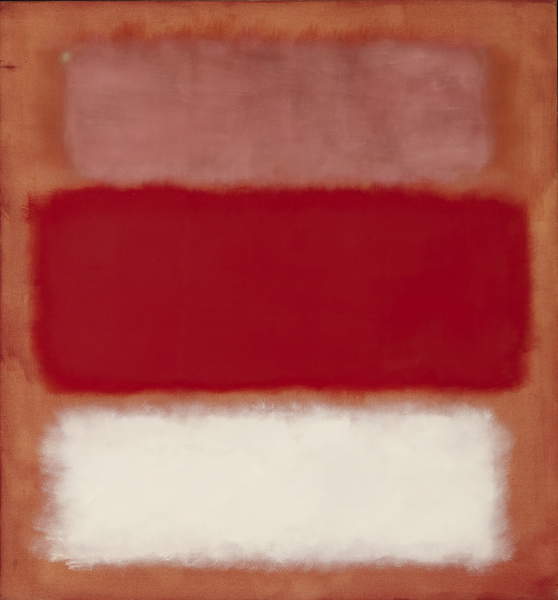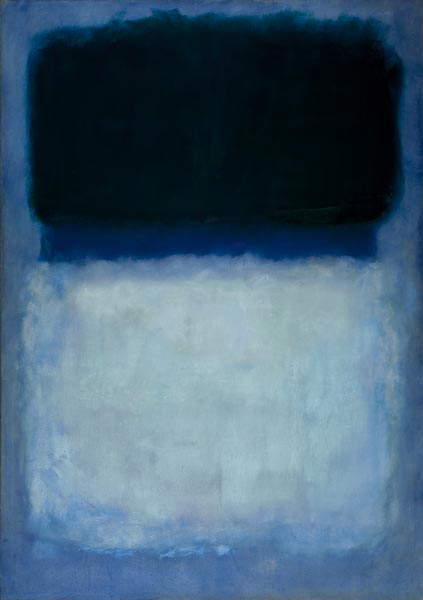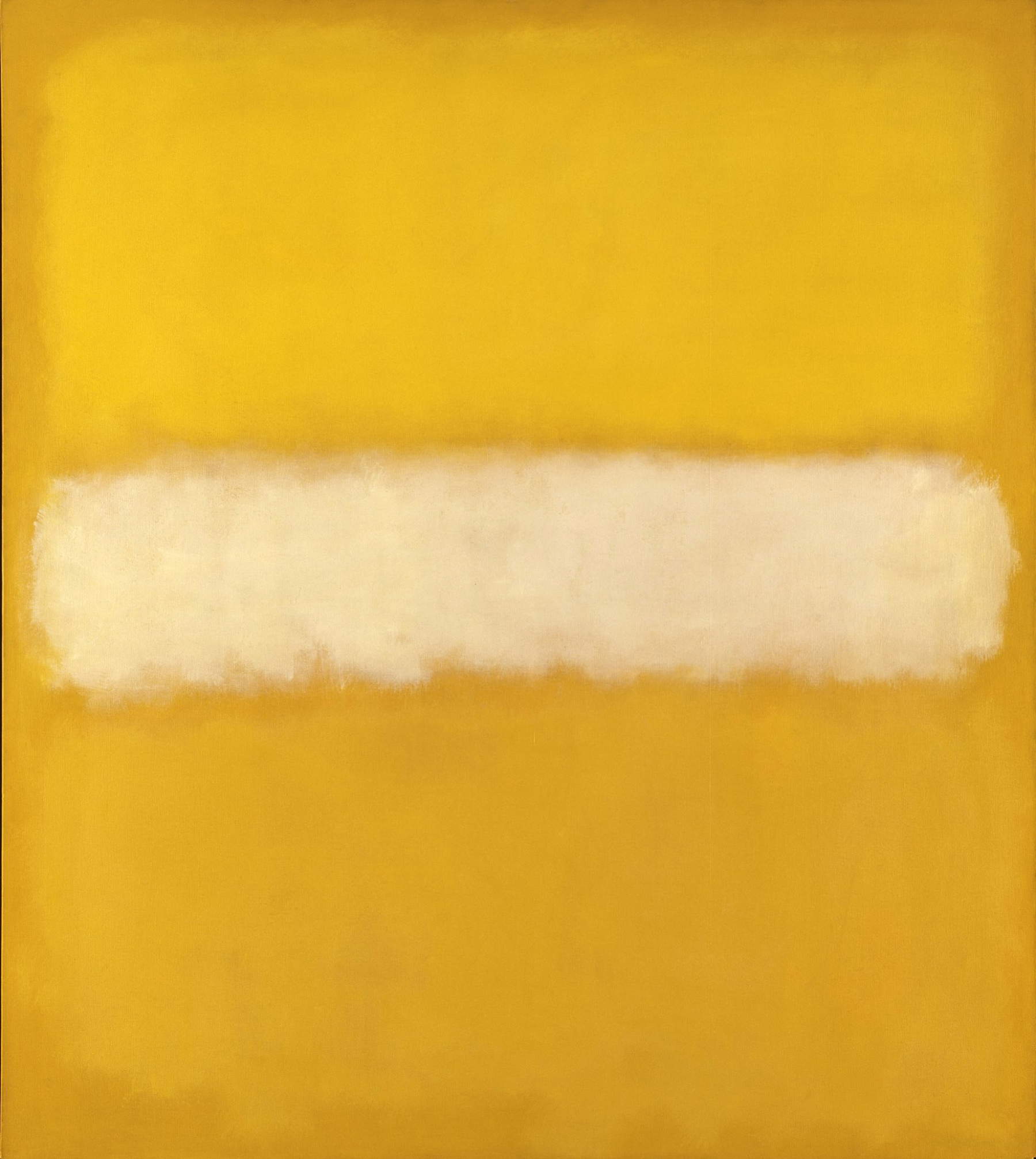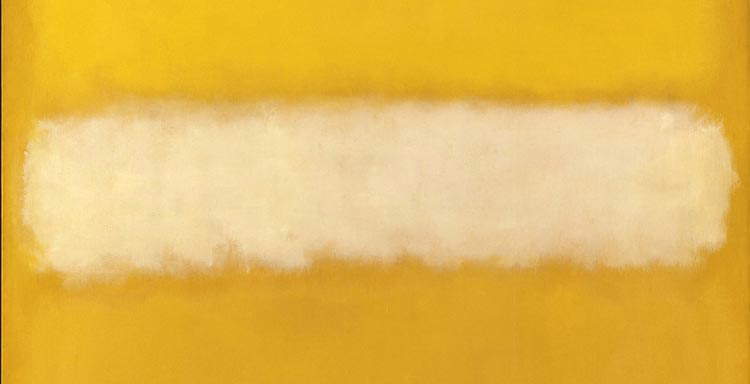A major Mark Rothko exhibition in Paris with more than 115 works from major museums
“I became a painter because I wanted to elevate painting to be as poignant as music and poetry”: so said Mark Rothko (Markus Rothkowitz; Daugavpils, 1903 - New York, 1970), one of the leading exponents ofabstract expressionism as well as one of the most influential artists of the 20th century. An artist not frequently exhibited, the exhibition in Paris dedicated to him by the Fondation Louis Vuitton from October 18, 2023 to April 2, 2024 is therefore a special occasion. Titled simply Mark Rothko, it is the first retrospective in France on the artist since the one at the Musée d’Art Moderne de la Ville de Paris in 1999. It brings together some 115 works from major international institutional and private collections, including the National Gallery of Art in Washington, the Tate Gallery in London and the artist’s family.
Unfolding throughout the Foundation’s spaces, and following a chronological path, the exhibition, curated by Suzanne Pagé and Christopher Rothko with François Michaud, traces the artist’s entire career from his early figurative paintings to the abstraction that defines his work today. The path opens with intimate scenes and cityscapes (such as the New York subway scenes) that dominated Rothko’s production in the 1930s, then gives way to a repertoire inspired by ancient myths and surrealism through which the tragic dimension of the human condition during the war is expressed.
From 1946 Rothko makes a decisive turn towardabstraction, the first phase of which is the Multiforms, works in which suspended chromatic masses tend to balance each other. Gradually their number diminished, and the spatial organization of his painting evolved rapidly toward his so-called “classical” works of the 1950s, the most famous ones, in which rectangular forms overlap according to a binary or ternary rhythm, characterized by tones of yellow, red, ochre, orange, as well as blue, white and other colors.
In 1958, Rothko received an order for a series of murals for the Four Seasons restaurant designed by Philip Johnson for the Seagram Building, whose construction Ludwig Mies van der Rohe was overseeing in New York. Eventually Rothko declined to deliver the order and kept the entire series. Eleven years later, in 1969, the artist donated nine of these paintings to the Tate Gallery, which are distinguished from their predecessors by their intense red hues, forming a room exclusively devoted to his work within the collections. This series is exceptionally presented in the exhibition.
Again, in 1960, the Phillips Collection dedicated a permanent room to the painter, the first “Rothko Room,” closely designed with him, which is also presented at the Fondation Louis Vuitton exhibition. Instead, the following year MoMA organized the first retrospective of his work, which would touch several European cities (London, Basel, Amsterdam, Brussels, Rome, Paris). During the 1960s the artist received new commissions, the main one being the chapel commissioned by John and Dominique de Menil in Houston, inaugurated in 1971 as the Rothko Chapel .
While by the late 1950s Rothko favored darker tones, muted contrasts, the artist never entirely abandoned his bright color palette, as evidenced by several paintings from 1967 and the very last red painting left unfinished in his studio. Even the Black and Grey series from 1969-1970 cannot lead to a simplistic interpretation of the work that associates gray and black with depression and suicide. These works are gathered in the highest room of Frank Gehry’s building next to Alberto Giacometti’s large figures, creating an environment close to the one Rothko envisioned in response to a UNESCO commission that would not follow.
For all information you can visit the Fondation Louis Vuitton website.



 |
| A major Mark Rothko exhibition in Paris with more than 115 works from major museums |
Warning: the translation into English of the original Italian article was created using automatic tools. We undertake to review all articles, but we do not guarantee the total absence of inaccuracies in the translation due to the program. You can find the original by clicking on the ITA button. If you find any mistake,please contact us.




























